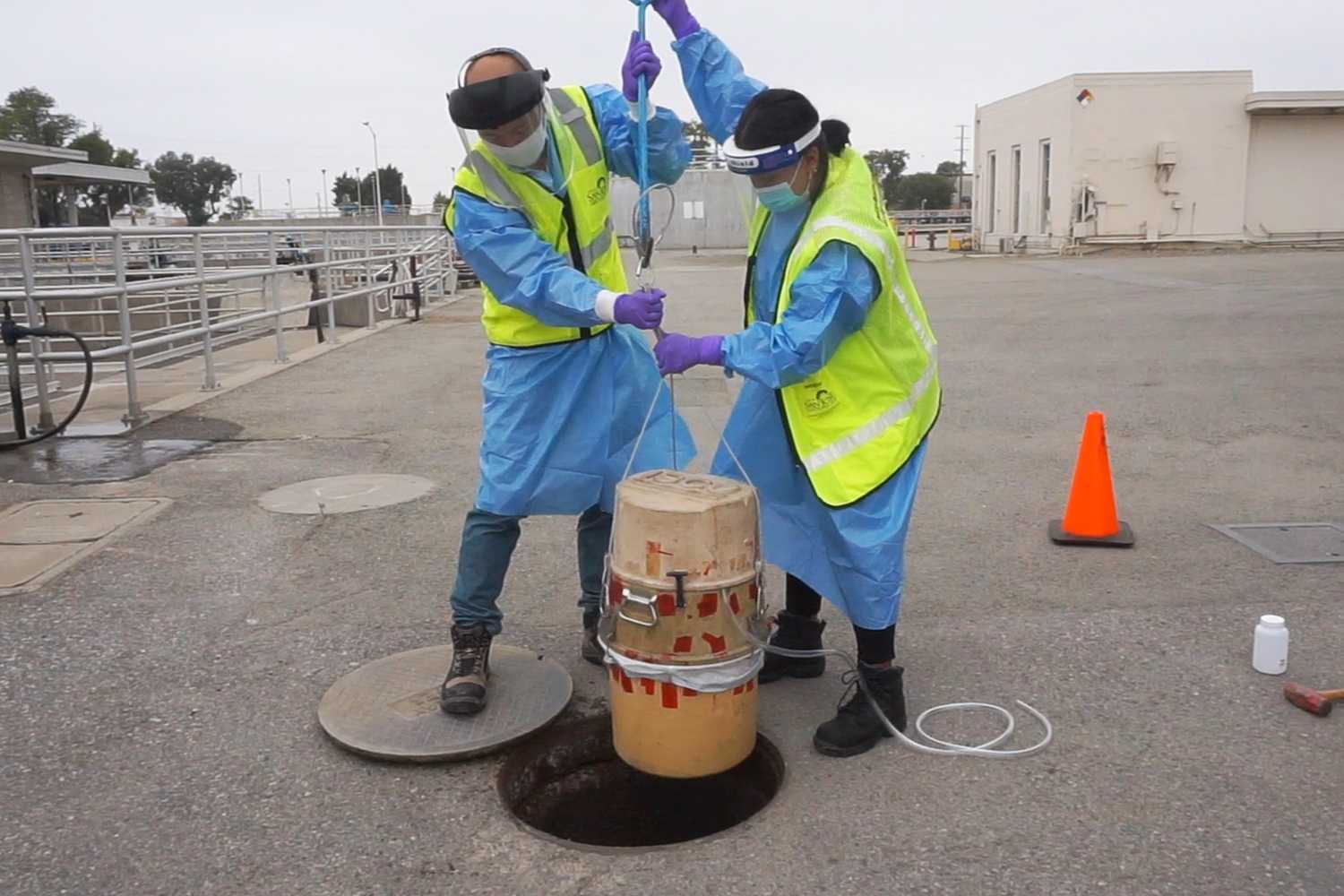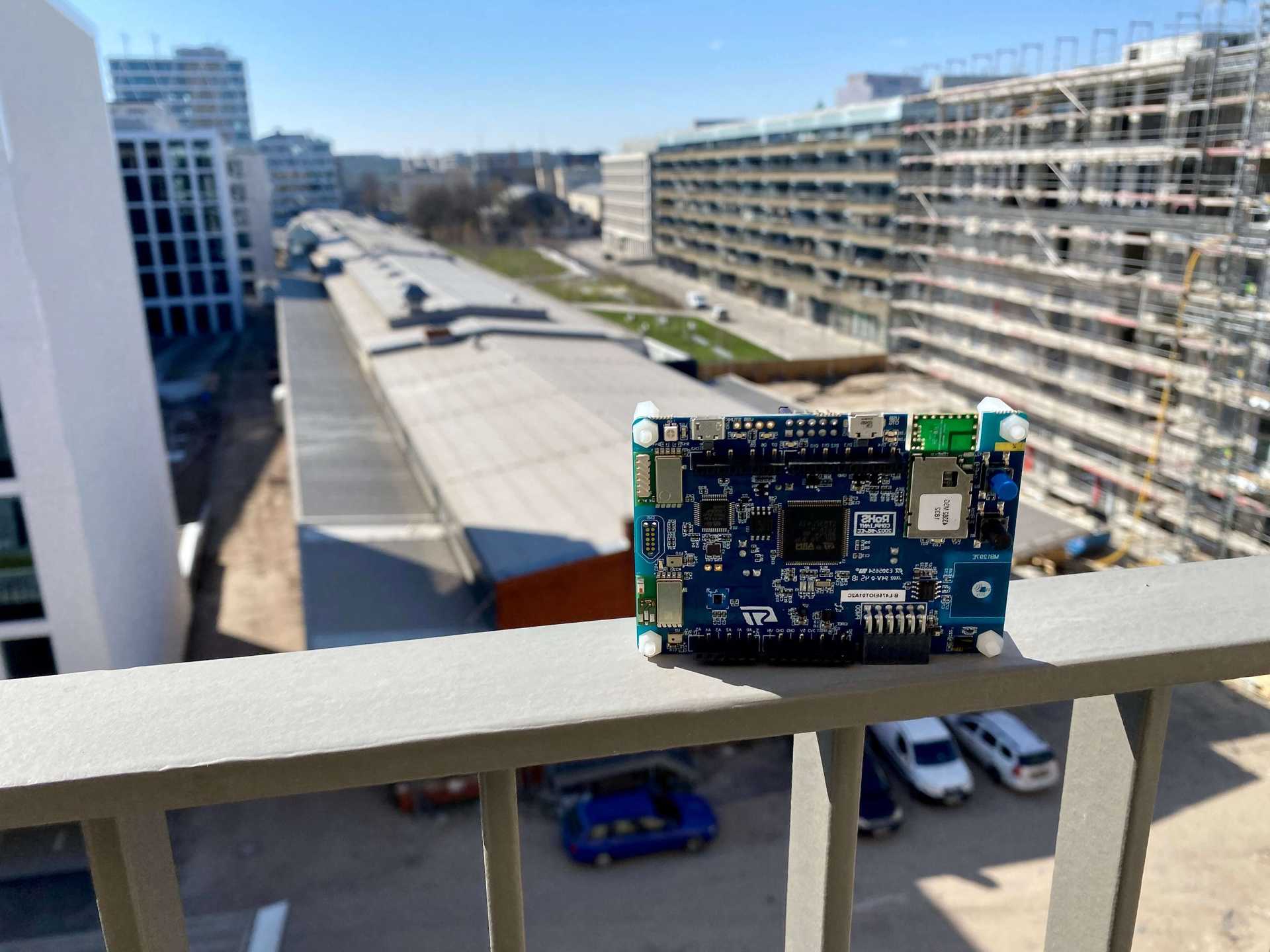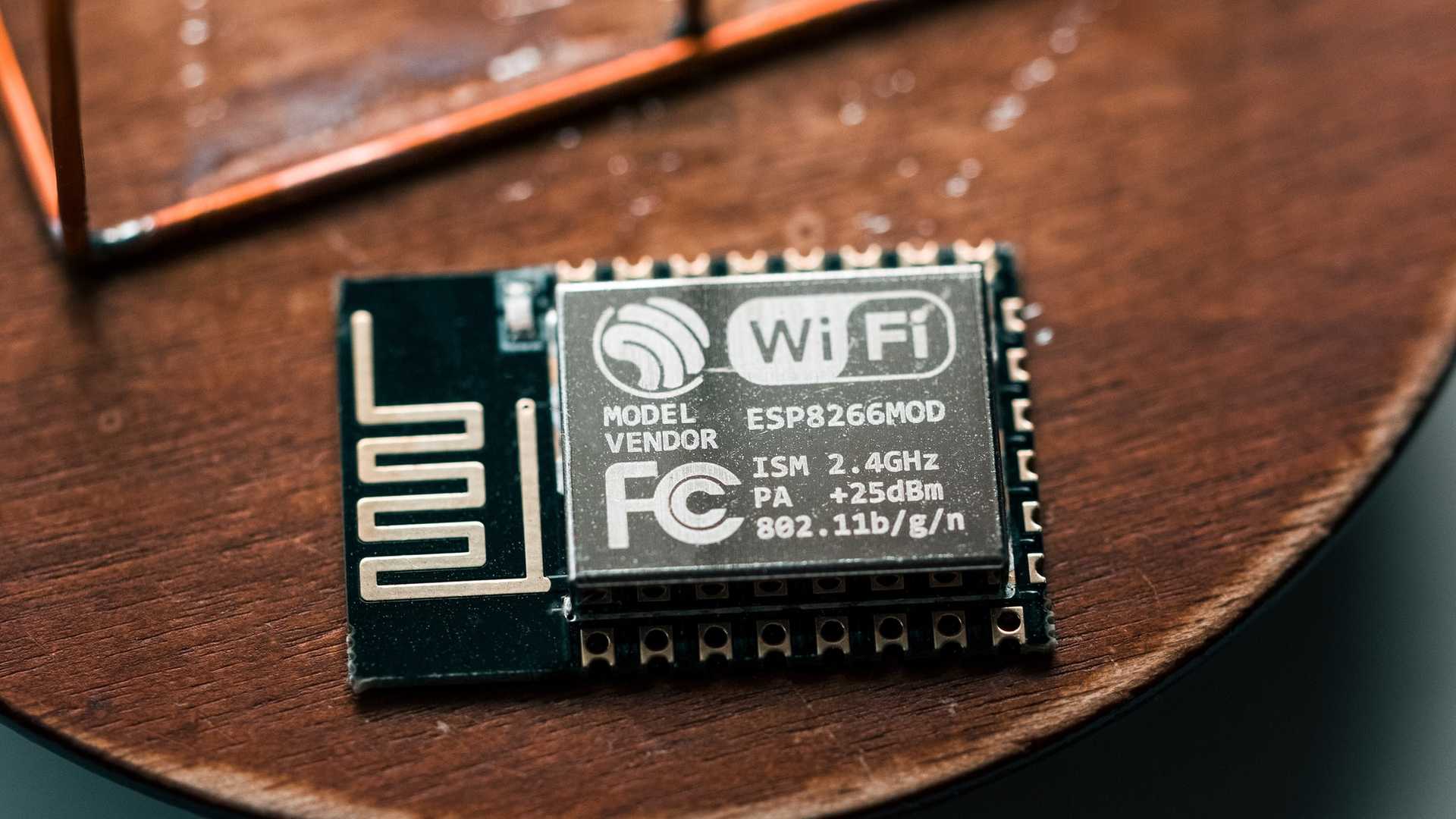
Instrumented urban ecosystems
From invisible assets to valued services.
How likely? How soon? What impact?
For the last 20 years, urban sensing has focused on buildings, infrastructure, vehicles, and people. The natural systems of city parks, waterways, cultivated land, and open space aren't tracked in such detail. As a result, these important systems are neglected, misunderstood, and undervalued. Over the next decade, however, that will change, as new sensor networks assay urban ecosystems from novel perspectives—looking down from the sky, peering up from beneath the water's surface, and observing what happens within clusters of vegetation.
Several converging forces will drive the instrumentation of urban systems. Durable, miniaturized, low-power sensors suited for harsh environments will harvest their own energy to conduct long missions at low cost with little maintenance. Spiking demand for data to assess and forecast weather and climate risk will come from markets as well as policymakers and planners, unleashing new uses and sources of funding for urban-ecosystem sensing. Perhaps most important, a growing public awareness of the value of urban ecosystems will drive demands for accountability. Demonstrating who contributes to and who receives the services that urban ecosystems provide is likely to become a fundamental driver of the political economy of future cities.
Signals
Signals are evidence of possible futures found in the world today—technologies, products, services, and behaviors that we expect are already here but could become more widespread tomorrow.




..png)





